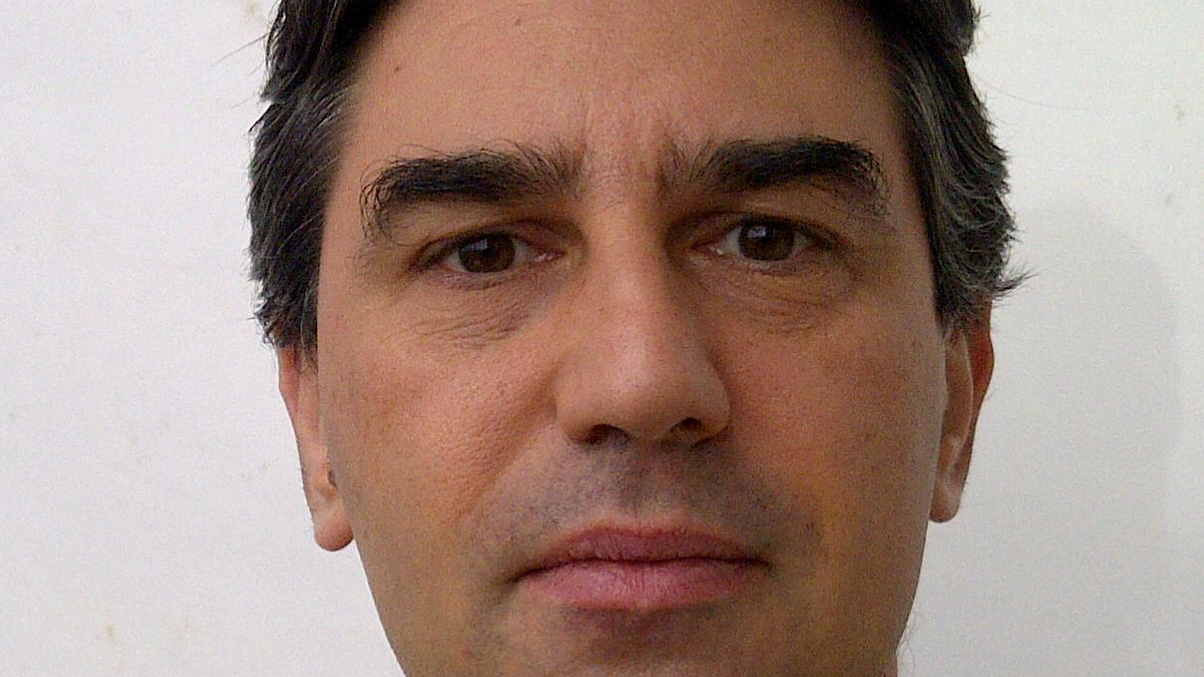Will China privatise reinsurance risk?
One fund manager is counting on the new leadership in Beijing to allow capital markets to play a role in diversifying insurance risk.

Reinsurance, like many aspects of finance in China, is a work in progress. The leadership transition is raising hopes among professionals that this field will also be liberalised.
Sign In to Your Account
Access Exclusive AsianInvestor Content!
Please sign in to your subscription to unlock full access to our premium AI resources.
Free Registration & 7-Day Trial
Register now to enjoy a 7-day free trial—no registration fees required. Click the link to get started.
Note: This free trial is a one-time offer.
¬ Haymarket Media Limited. All rights reserved.


